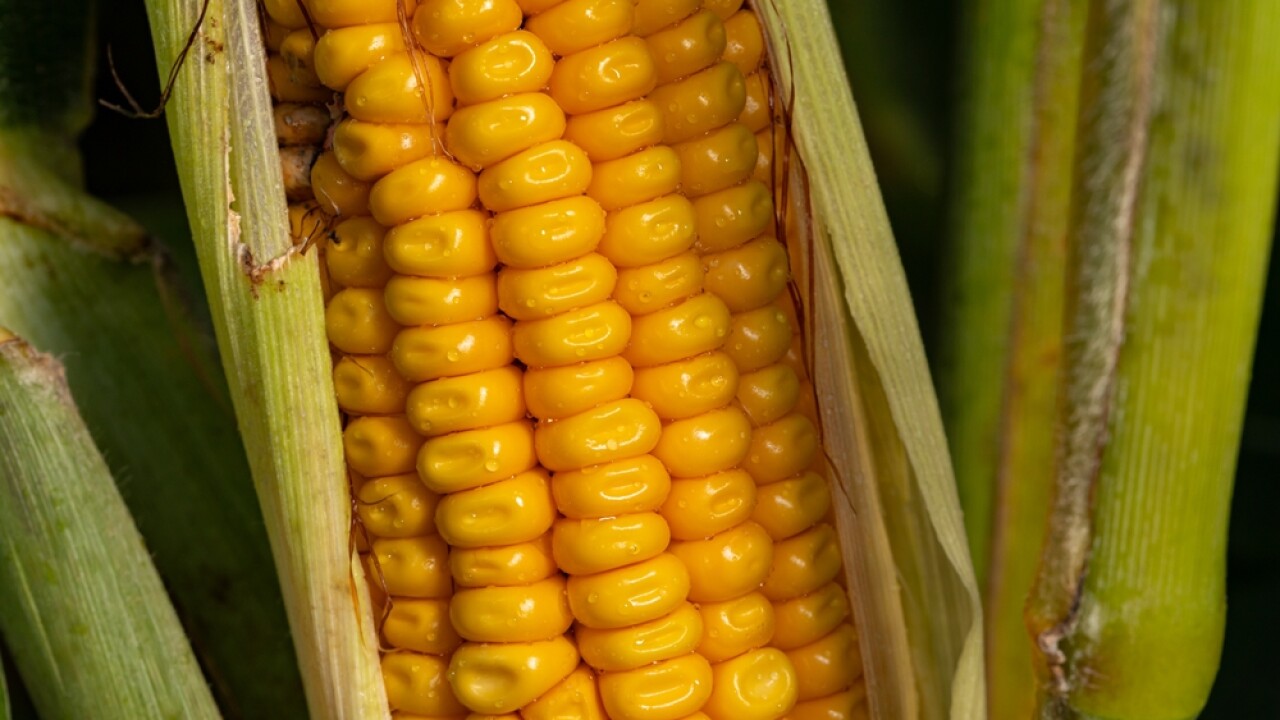Forecasters say much of the United States could see well-above-average temperatures through this week, primarily in the Midwest and around the East Coast.
Most of the triple-digit temperatures can be attributed to a phenomenon known as a "heat dome," when a large area of high atmospheric pressure traps hot air underneath, similar to the way a lid traps heat and moisture on a pot, meteorologists say.
But in the Midwest specifically, there's another phenomenon adding to the suffocating sun: Corn sweat.
The colloquial term is exactly as it says. It involves corn crops "sweating" through a process formally known as evapotranspiration.
According to the experts, the natural process is how plants release water vapor into the atmosphere, which combines with other molecules in the air and adds to the humidity.
RELATED STORY | Wildfires and heat waves bring summer extremes across the country
The Midwest is home to millions of acres of corn, earning part of the region the nickname "Corn Belt."
During the growing season, typically spring to early fall, an acre of corn can release about 3,000 to 4,000 gallons of water a day, according to the U.S. Geological Survey.
Taranis, which is a crop intelligence firm, said 12 million acres of corn "sweating" can add up to 48 billion gallons of water daily, which is roughly enough to fill 73,000 Olympic-size swimming pools.
Unfortunately, we humans (and most animals) are the ones who are actually sweating from this phenomenon.


